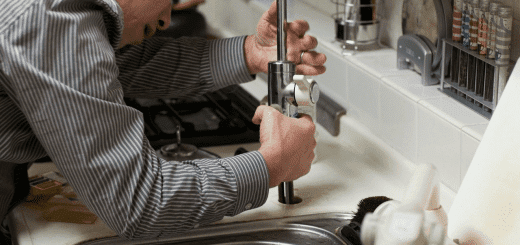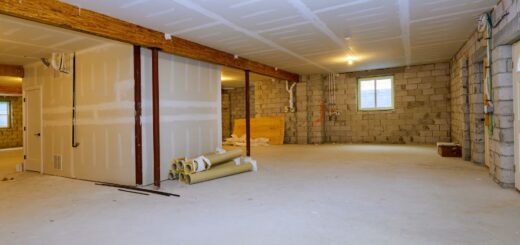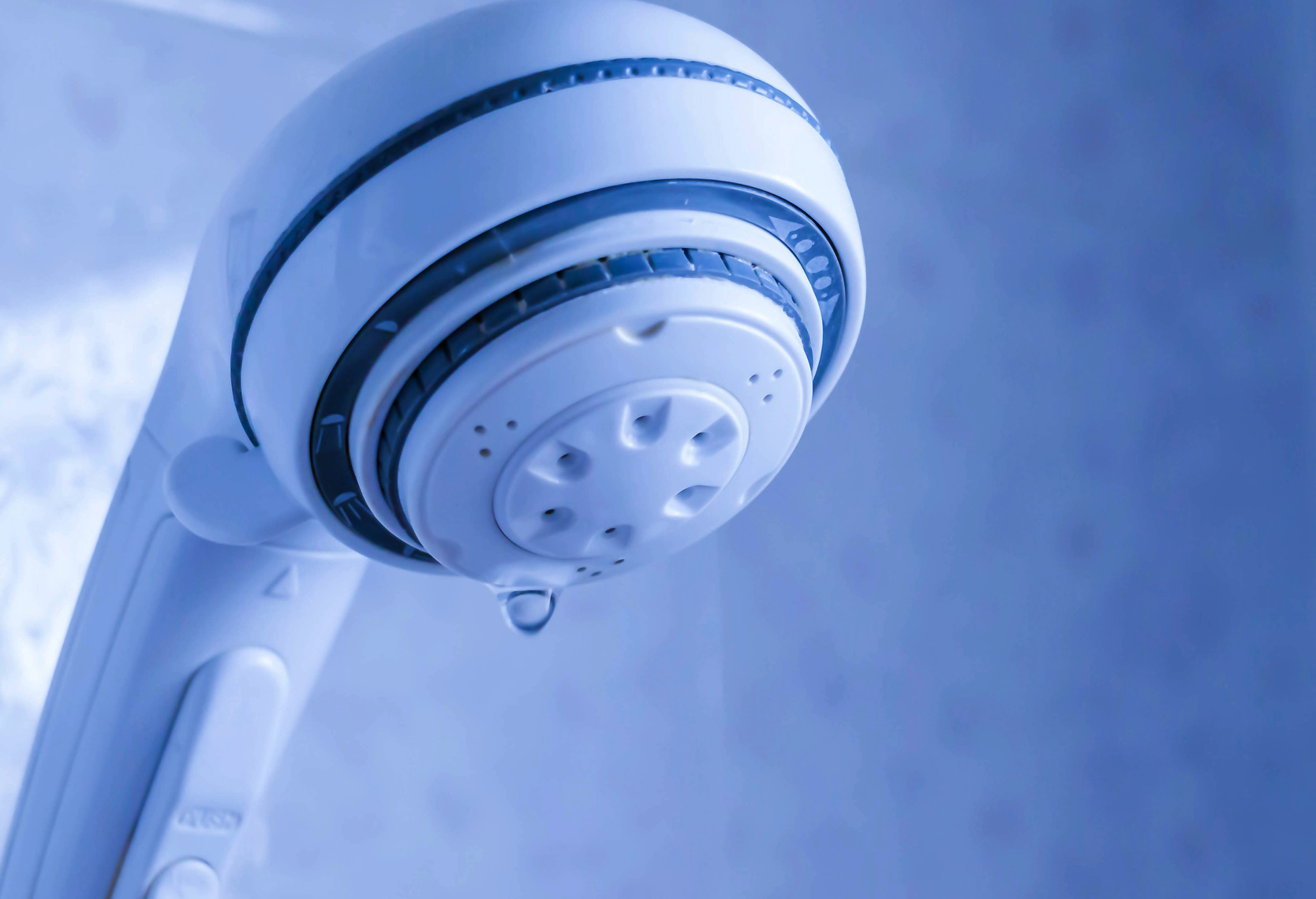Sewage Coming out of Pipe in Yard | Know What to Do
Some homeowners may not be aware of the ‘clean out’ sewageSewage is wastewater containing biological and chemical cont... More or septic connection pipe on their property. This pipe, often white in color, provides access to your main sewer line. If these pipes ever suffer blockage or clogging, you can have a sewage backup situation in your yard and even within the house. You may first be made aware of a sewageSewage is wastewater containing biological and chemical cont... More backup in your yard if you begin to smell sewageSewage is wastewater containing biological and chemical cont... More outside your house.
If you are experiencing multiple drains that are backing-up and overflowing, or if there is sewageSewage is wastewater containing biological and chemical cont... More in the sewer clean out, then this could be an indication that your main line is clogged. Finding out that your main sewer line has broken is never pleasant news. It can leadLead is a heavy metal that can be toxic to humans, especiall... More to many expensive repairs and expensive utility bills if left unattended. Before it gets this far, you should perform a home inspectionInspection is the careful examination and assessment of a pr... More of your main sewer line in order to determine if it needs repairs, replacement, or septic cleanup.
How to know if you have a clog in your sewer line?
In order to find the cleanout, there will be a cap on the line. If sewer water is flowing up through the pipe or standing in it, this confirms that you have a blockage. Shut off main water supply and try to locate the cleanout by looking for an access point such as a manhole cover or floor access point.
How to locate the clog in the sewer line?
The cleanout is a water main that allows access to the pipe under your property. They are typically located close to the front or back of your home and can be found by digging 5-6 feet below the surface. The cleanout will be marked with a small metal sign on top of the ground. If you find sewageSewage is wastewater containing biological and chemical cont... More flowing from the cleanout going straight into your yard, up through the sidewalk or out of nearby storm drains, it means you have a clog in your sewer line.
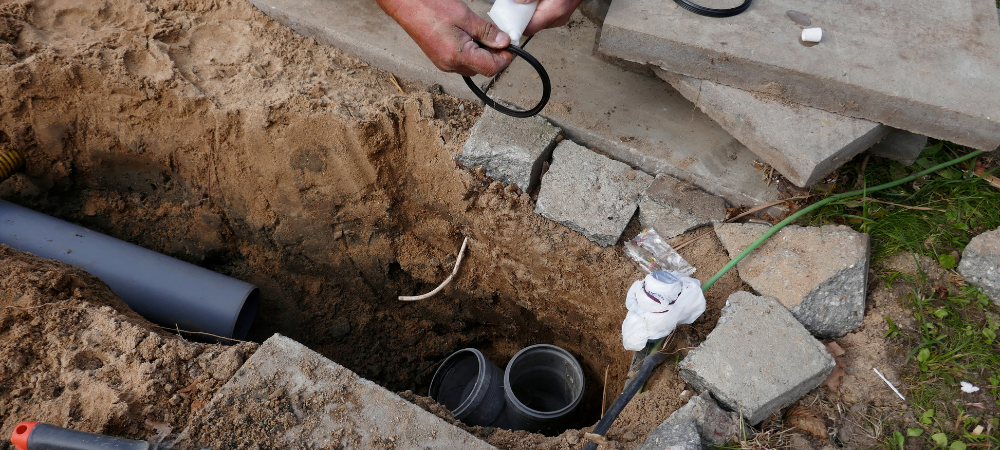
Why is sewage coming up in the yard?
The reason why your clean-out is clogged is that there is something down the main line that cannot pass through. Inspect your sewer pipe regularly to detect any signs of problem. The most common cause of sewer line problems is raw sewage backup, which may then leadLead is a heavy metal that can be toxic to humans, especiall... More to clogged drains, broken septic tank or main line cracks. The problem area is typically located right under the pool of sewer water. Foundation settlement, cracks, and sinkholes as well as insect and rodent infestation are also tell-tale signs of a broken sewer pipe.
How much does it cost to unclog a main sewer line?
While the average cost to unclogTo unclog is to clear obstructions from pipes, drains, or eq... More a main sewer line is between $350 and $650, this does not mean it will cost the same for your home. Factors such as the size of clog, how long the line has been blocked and whether or not a camera needs to be installed can affect pricing.
How to Respond to Leaking Sewage in Front Yard or Backyard
If you discover a clean out pipe in your yard is leaking sewageSewage is wastewater containing biological and chemical cont... More, there are several steps you can take to alleviate the situation.
1. Call Your Water Company or Sewer Purveyor
If the blockage has occurred between the sewer main and the clean out end point, it will likely fall under the responsibility of your local water company or sewer purveyor to fix the issue.
If the blockage is between your home and the clean out end point, they can usually do a simple sewer video inspectionInspection is the careful examination and assessment of a pr... More to locate the cause of the problem. If it’s carpeting that has been inadvertently flushed or a grease clog, plumbers have the correct equipment and methods to solve the issue. If it turns out to be a collapsed drain pipe, they may refer you to other departments to address that issue.
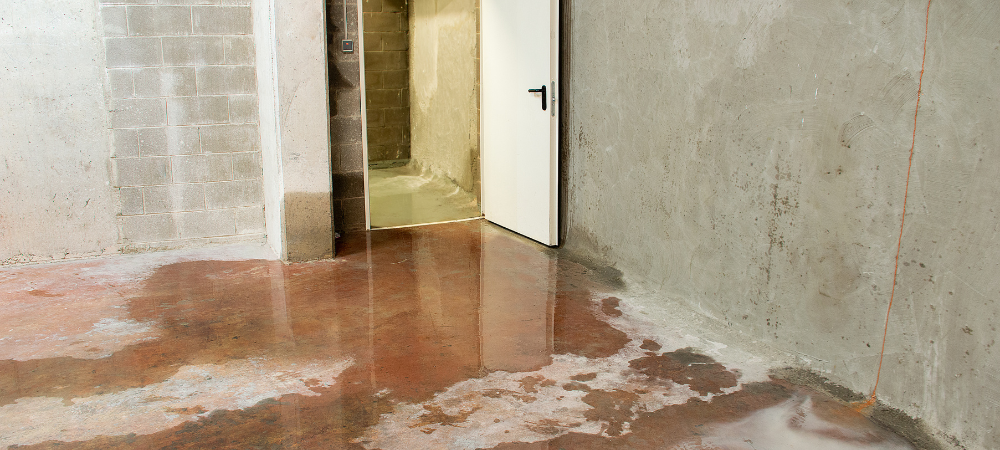
2. Stop Flushing and Using Water
A sewage backup in your yard can easily mean sewageSewage is wastewater containing biological and chemical cont... More entering the home. For this reason, it is important to cease using water in your home while you work to resolve the blockage. That means no showers or flushing the toilet. The blockage can also affect your neighbor, as sewer lines are often shared between several houses. Inform your neighbor of the blockage so they can also take steps to avoid sewageSewage is wastewater containing biological and chemical cont... More in their home or yard. Also, note that your neighbor’s usage of water can cause further sewageSewage is wastewater containing biological and chemical cont... More backup on your property.
Sometimes, no matter how hard you try, sewageSewage is wastewater containing biological and chemical cont... More will still overflow. SewageSewage is wastewater containing biological and chemical cont... More spills should be handled properly and promptly, as they may affect you or your neighbors. In rare circumstances, you face the possibility of a sewageSewage is wastewater containing biological and chemical cont... More spill on your own property. You can only handle these types of emergencies after consulting with local health authorities. If you’re able to safely do so, go outside immediately and flush your drains. If you cannot flush the pipes as there is no water pressure, or it will cause a flood (for example if you are upstairs), then you may need to call for emergency help. SewageSewage is wastewater containing biological and chemical cont... More waste material is often a danger to people and the environment, so it should not be dealt with by inexperience and without the proper equipment. Taking your sewageSewage is wastewater containing biological and chemical cont... More matter into your hands will only make it worse, as doing so can cause unpredictable effects on your yard and other surrounding areas.
3. Unclog the Drain Pipe
The clean out pipe in your yard will have a removable cap. You can make an effort to snake out any sewageSewage is wastewater containing biological and chemical cont... More blocking the drain pipe from this access point. However, because the blockage may be too far down, it is probably best to contact a plumber and a sewage cleanup service to dispose of the mess. SewageSewage is wastewater containing biological and chemical cont... More waste materials are also dangerous, as they contain bacteria and infectious diseases. A professional sewageSewage is wastewater containing biological and chemical cont... More removal team will be equipped to dispose of these hazardous materials.
Professional SewageSewage is wastewater containing biological and chemical cont... More Backup Cleanup
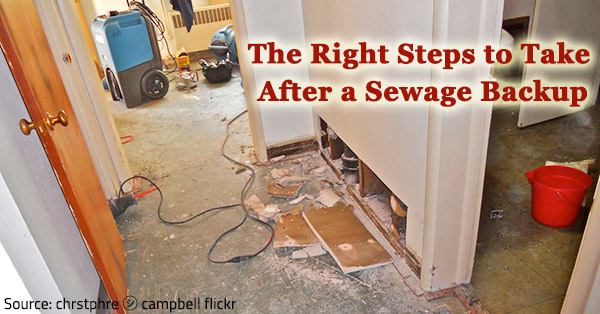
If you know the right steps to take after a sewageSewage is wastewater containing biological and chemical cont... More backup, you will be able to stay safe and prevent extensive damage to your property.
Keep your family and home safe from the health risks associated with contaminated water and sewageSewage is wastewater containing biological and chemical cont... More backup. Our team of professionals are certified, equipped, and on call 24/7 to treat any size loss of sewage backup or contaminated water. We will completely remove all traces of contaminationContamination is the presence of harmful or unwanted substan... More, and we will thoroughly clean and disinfect the area to prevent serious health issues.










